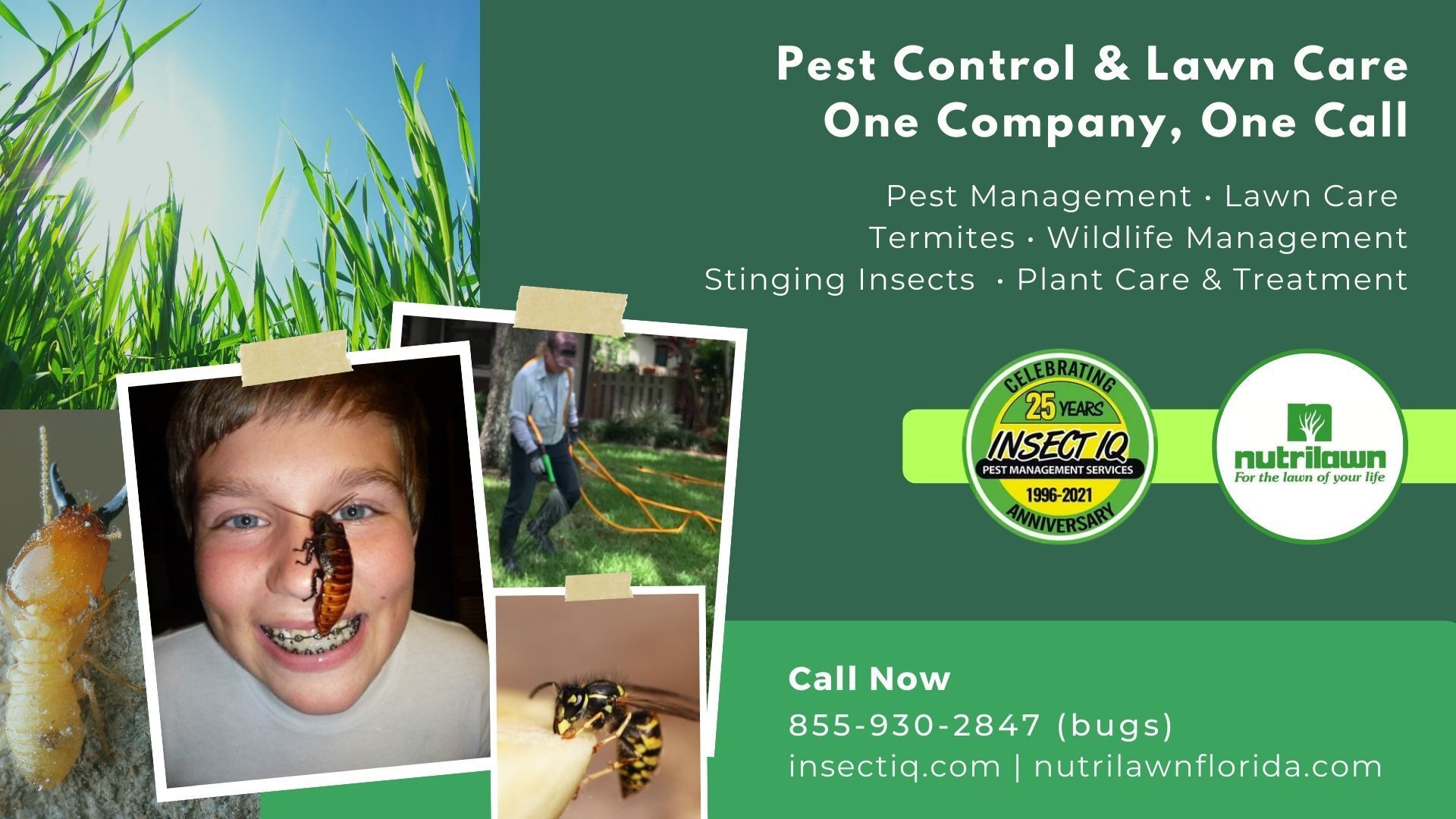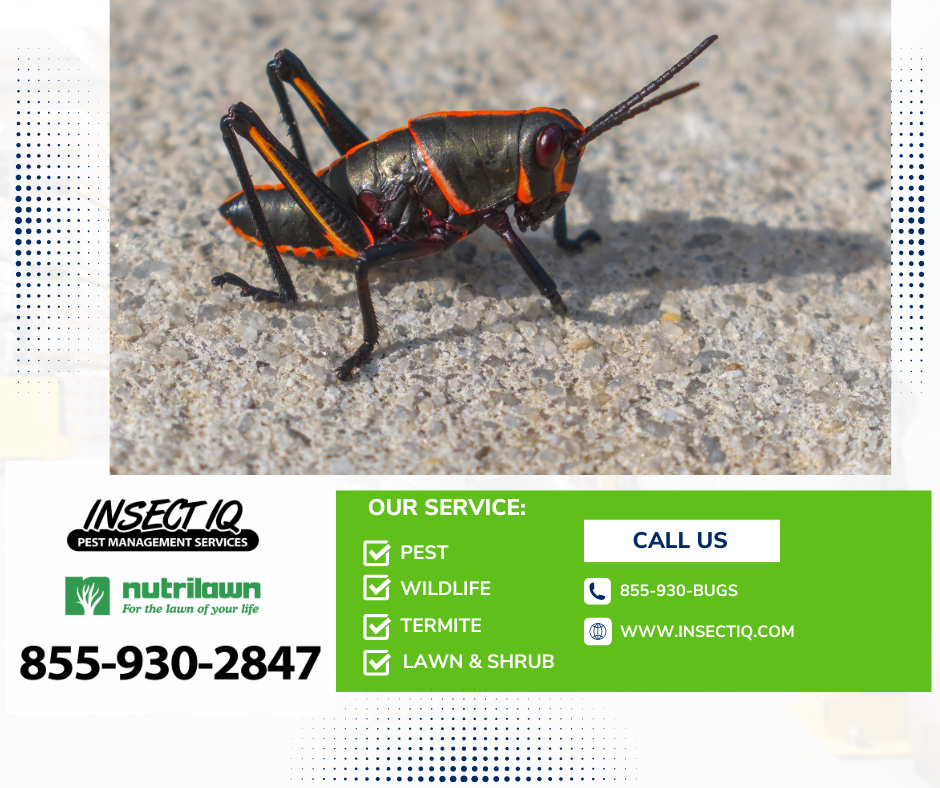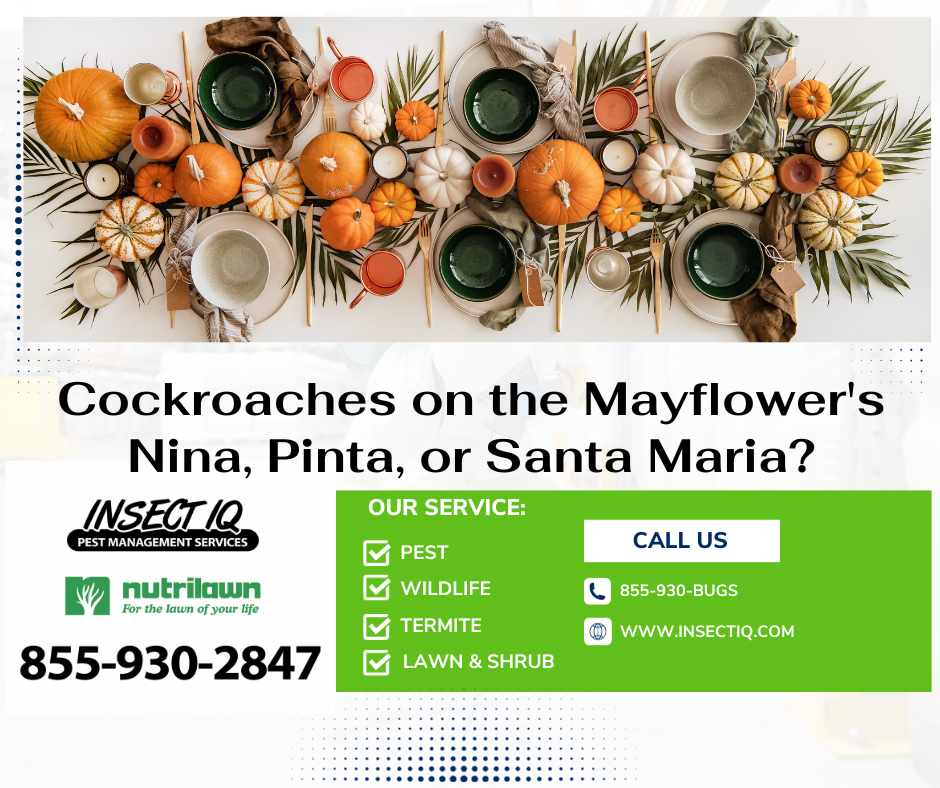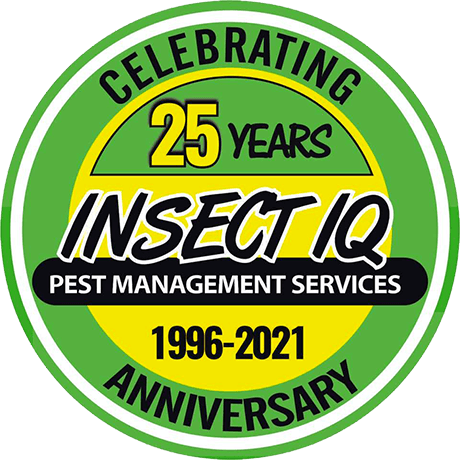Preparar un césped para la primavera puede ser una tarea desalentadora, ya que a menudo requiere mucho tiempo, esfuerzo y experiencia para garantizar que el césped esté saludable, vibrante y listo para prosperar en el clima más cálido. Este proceso puede incluir tareas como quitar escombros, probar el suelo, airear el césped, fertilizar y sembrar, entre otras. Además, los diferentes tipos de césped y suelo requieren diferentes tratamientos, lo que dificulta que los propietarios sepan exactamente qué necesita su césped. Como resultado, muchos propietarios luchan por preparar eficazmente su césped para la primavera, lo que genera una apariencia menos que óptima y reparaciones potencialmente costosas. Esto destaca la necesidad de soluciones efectivas y accesibles para el cuidado del césped que puedan ayudar a los propietarios de viviendas a preparar adecuadamente su césped para la primavera y mantener un césped sano y atractivo durante la temporada de crecimiento.
¡Aquí hay un par de maneras en que puede asegurarse de obtener un bonito césped verde la próxima primavera!
- Limpie los escombros: comience limpiando los escombros que se hayan acumulado en su césped durante el invierno, como ramas caídas, hojas y ramitas. Rastrille el césped para eliminar la hierba muerta, así como para ayudar a aflojar la tierra.
- Airee el suelo: Airear el suelo ayuda a promover el crecimiento saludable de las raíces y permite que el agua y los nutrientes penetren en el suelo más fácilmente. Puede alquilar un aireador o contratar a un profesional del cuidado del césped para que lo haga por usted.
- Resembrar: Con el tiempo, su césped puede volverse delgado y desigual, haciéndolo más vulnerable a las malas hierbas y las plagas. La resiembra consiste en esparcir nuevas semillas de césped sobre el césped existente para rellenar los espacios vacíos y promover un crecimiento más espeso y saludable.
- Fertilice: Fertilizar su césped en la primavera proporciona nutrientes esenciales que lo ayudan a crecer exuberante y verde. Busque un fertilizante de liberación lenta que proporcione una mezcla equilibrada de nitrógeno, fósforo y potasio.
- Agua: Riegue su césped profundamente una vez a la semana, en lugar de superficialmente varias veces a la semana. Esto ayuda a fomentar el crecimiento de raíces profundas, lo que a su vez hace que su césped sea más resistente a la sequía. Riegue temprano en la mañana para reducir la evaporación y prevenir el crecimiento de hongos.
- Cortar el césped con regularidad: Cortar el césped con regularidad ayuda a promover un crecimiento saludable y a prevenir las malas hierbas. Coloque las cuchillas de su cortacésped a una altura de alrededor de 2 a 3 pulgadas y evite cortar más de un tercio de las cuchillas de césped a la vez.
- Controle las malas hierbas: la primavera es el momento ideal para aplicar herbicidas preemergentes para evitar que las malas hierbas se arraiguen. Si nota que las malas hierbas comienzan a crecer, sáquelas con la mano o use un herbicida específico.
Siguiendo estos consejos, puede ayudar a que su césped se ponga verde y prospere en la primavera. Recuerde mantenerse al día con el mantenimiento regular durante la temporada de crecimiento para garantizar que su césped se mantenga saludable y hermoso.
Nutrilawn puede ayudarte con 3 de 7 de estas cosas. Aquí hay tres cosas con las que podemos ayudar a tratar de obtener un césped verde y exuberante.
Recomendaciones de agua: El riego adecuado es esencial para un césped saludable. Nutrilawn puede ayudarlo a determinar la cantidad correcta de agua que necesita su césped, según factores como las condiciones climáticas, el tipo de suelo y el tipo de césped que tenga. También pueden proporcionar recomendaciones sobre el mejor momento del día para regar el césped y las técnicas de riego más eficientes.
Fertilización del césped: la fertilización es una parte importante del cuidado del césped porque proporciona nutrientes esenciales al césped, lo que promueve un crecimiento saludable y mejora la apariencia general de su césped. Nutrilawn puede ayudarlo a determinar el tipo y la cantidad correctos de fertilizante que necesita su césped, en función de sus características únicas. También pueden brindarle un cronograma para fertilizar su césped, para garantizar que obtenga la cantidad correcta de nutrientes en el momento adecuado.
Control de malezas: las malezas pueden ser un problema importante para el césped porque pueden competir con el césped por agua y nutrientes, y también pueden hacer que su césped luzca antiestético. Nutrilawn puede ayudarlo a identificar los tipos de malezas que están presentes en su césped y recomendar las estrategias de control de malezas más efectivas. Esto puede incluir el uso de herbicidas u otros tratamientos para eliminar las malas hierbas, así como la implementación de medidas preventivas para minimizar el riesgo de crecimiento de malas hierbas en el futuro.
En general, Nutrilawn puede brindarle un programa integral de cuidado del césped que incluye recomendaciones de riego, fertilización y control de malezas, para ayudarlo a lograr un césped verde, saludable y hermoso para la próxima primavera.
Nuestro equipo de expertos tiene el conocimiento, la experiencia y las herramientas necesarias para transformar su césped en un hermoso y saludable oasis. Operamos en los condados de Hillsborough, Pinellas y Pasco, y estamos listos para ayudarlo a lograr el césped de sus sueños. ¡Llámenos hoy al 1-800-526-9123 o visite nuestro sitio web en https://www.insectiq.com/nutrilawn para obtener más información y programar su programa de cuidado del césped hoy!
CONTÁCTENOS 855-930-2847
Roberto 813-760-6033
Servicios de inteligencia de insectos
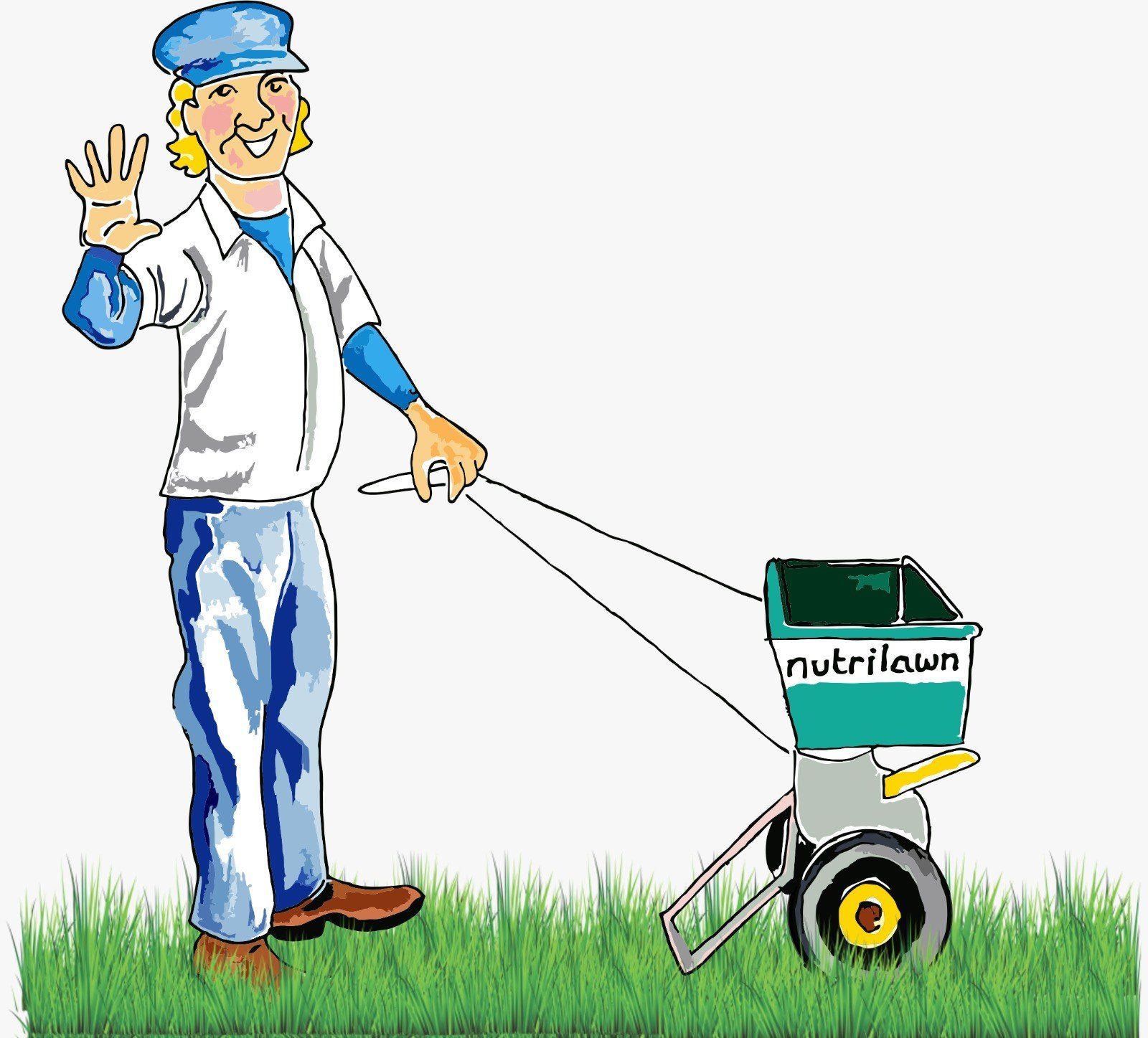
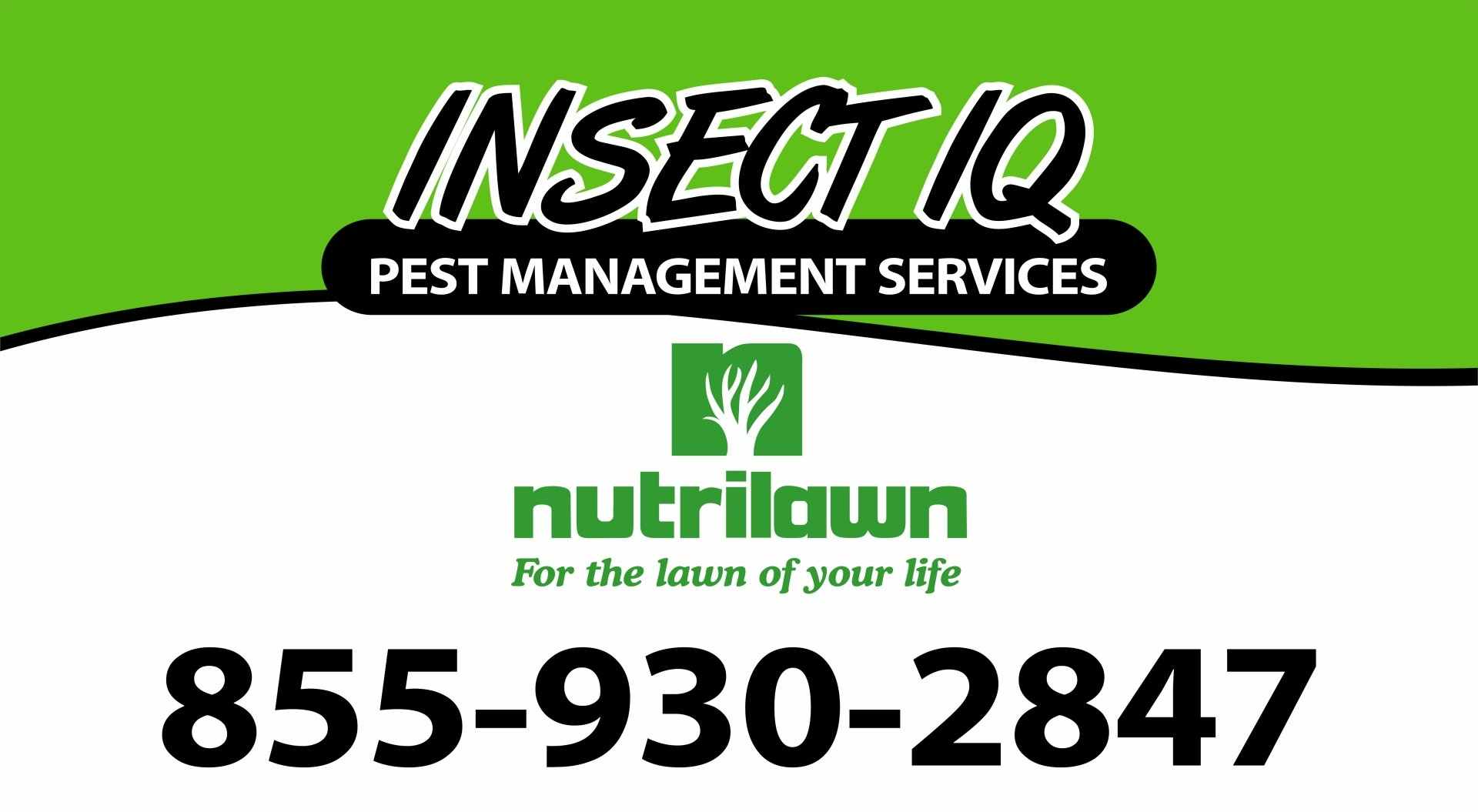
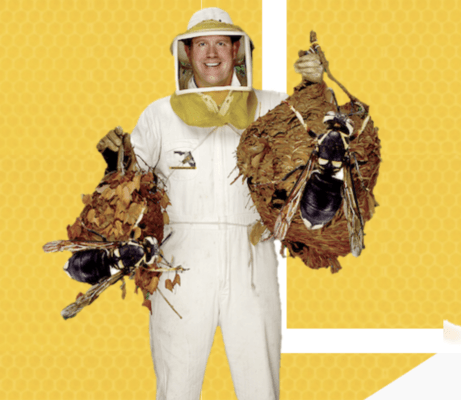
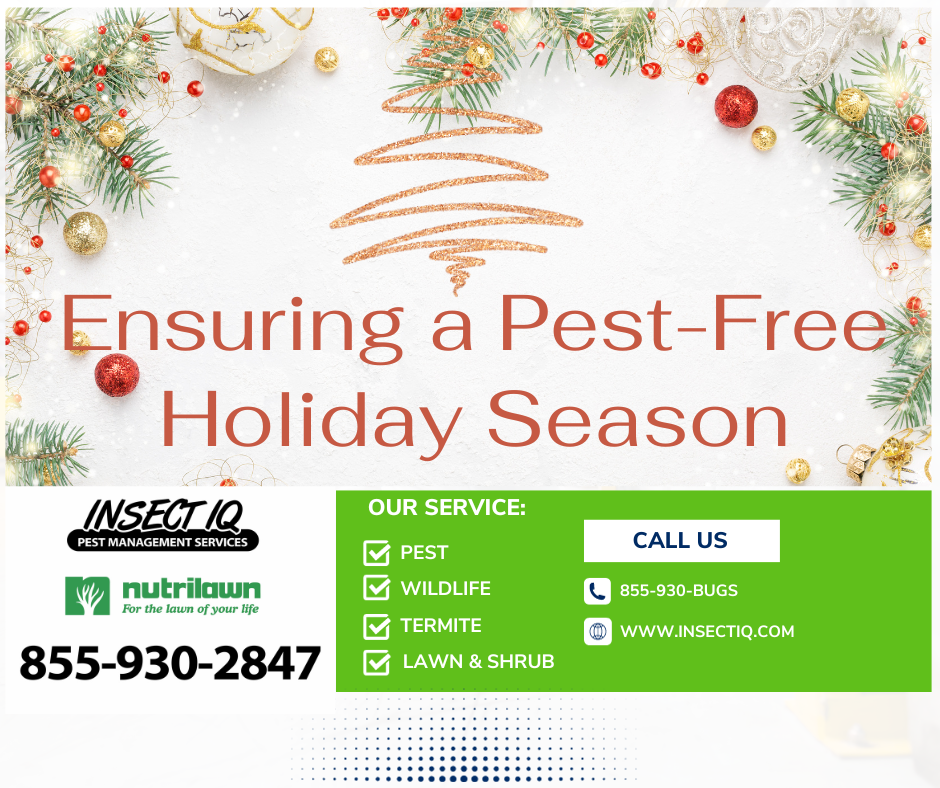
Insects and Rodents in Your Christmas Decorations Ensuring a Pest-Free Holiday Season with Insect IQ
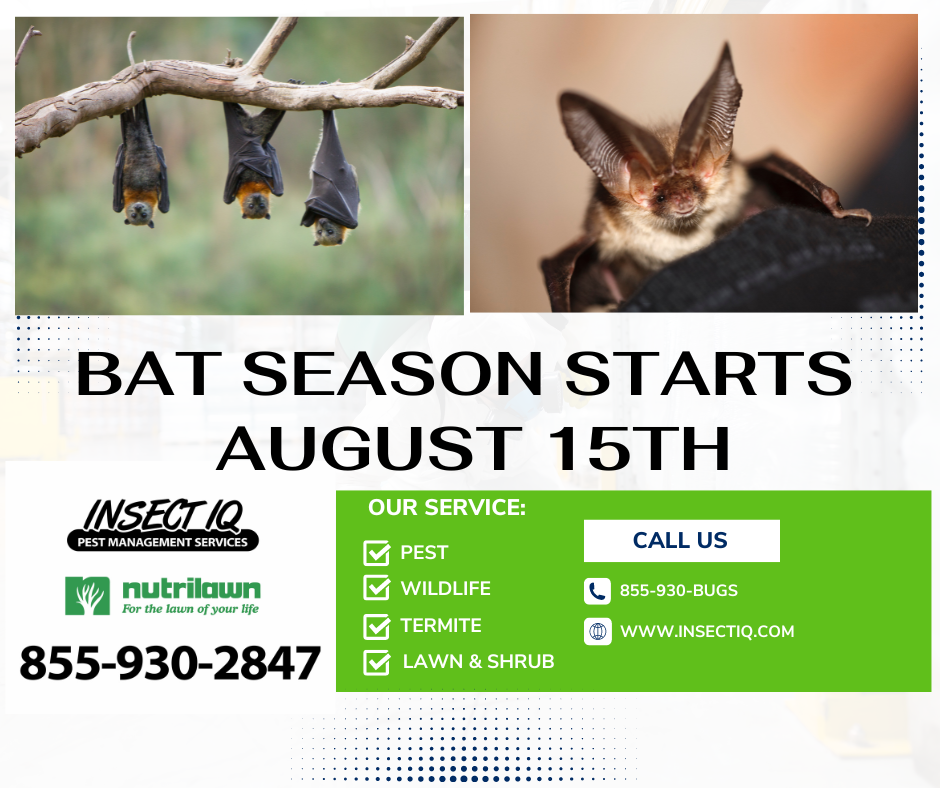
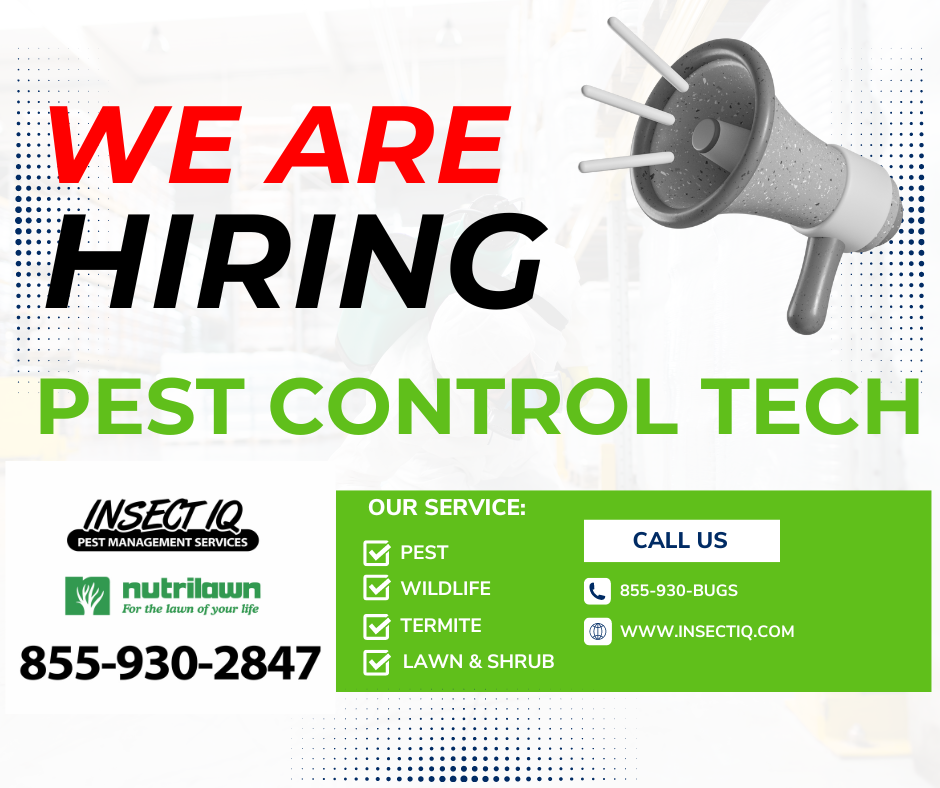
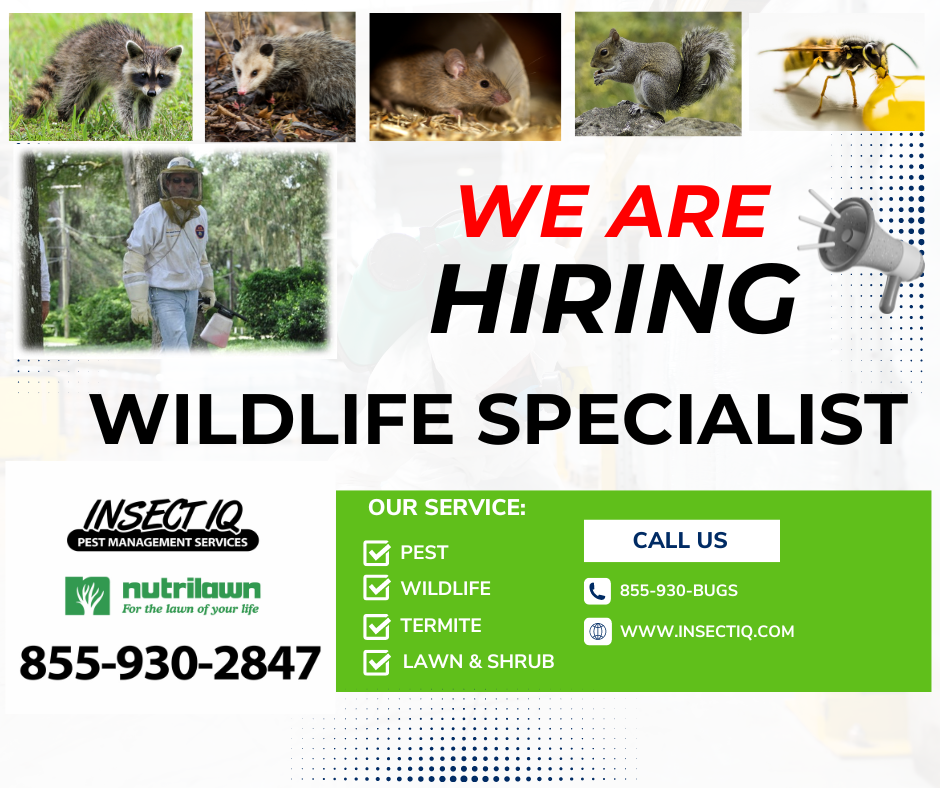
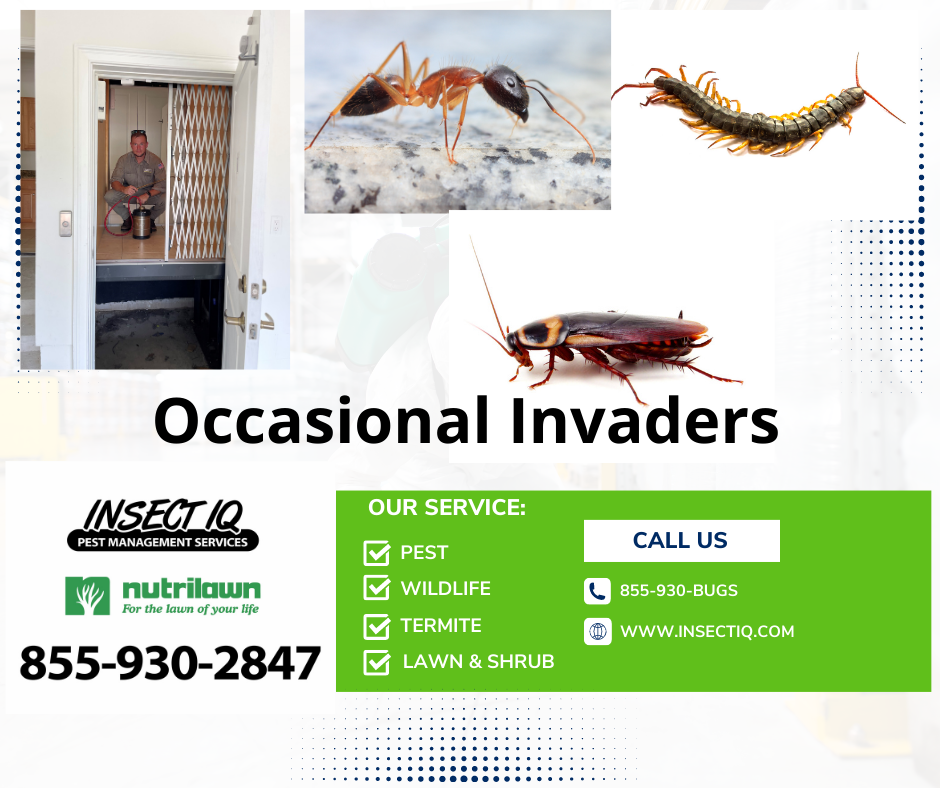
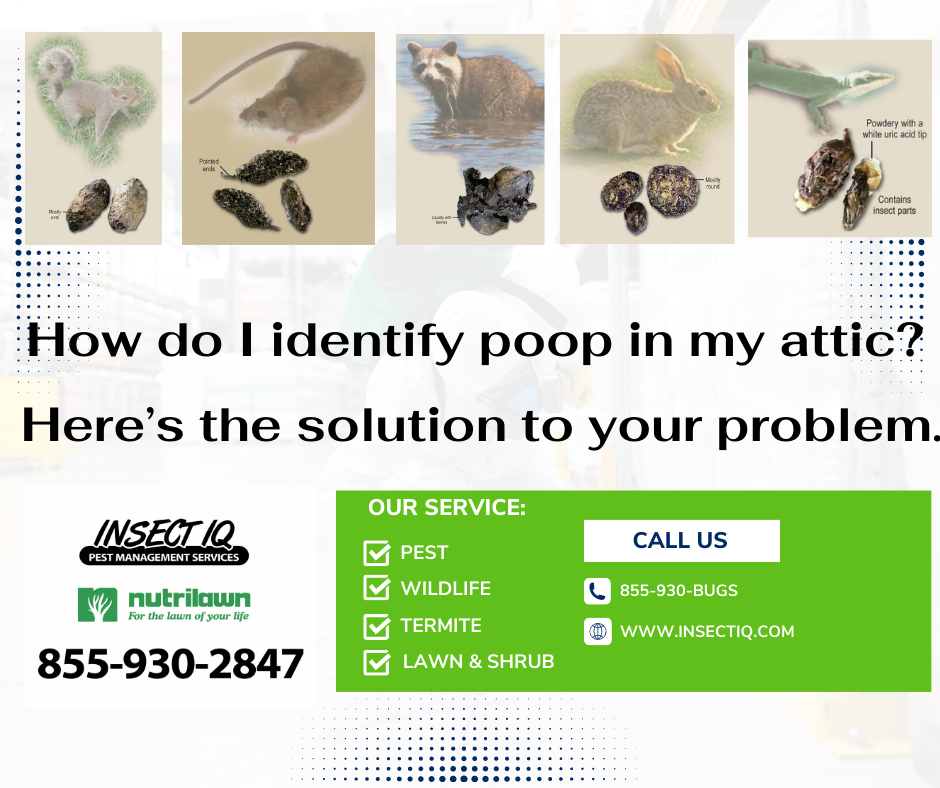
Insect IQ has been serving Florida Clients that has been providing commercial pest control and a variety of pest control services since 1996. Our pest experts are licensed professionals and exceptionally trained.
Contact Us
You can always contact us via email, text, call or chat. If you need to schedule a visit or have a question about bugs or other stinging insects?. We are standing by 24/7 to help.
855-930-2847 (bugs)


